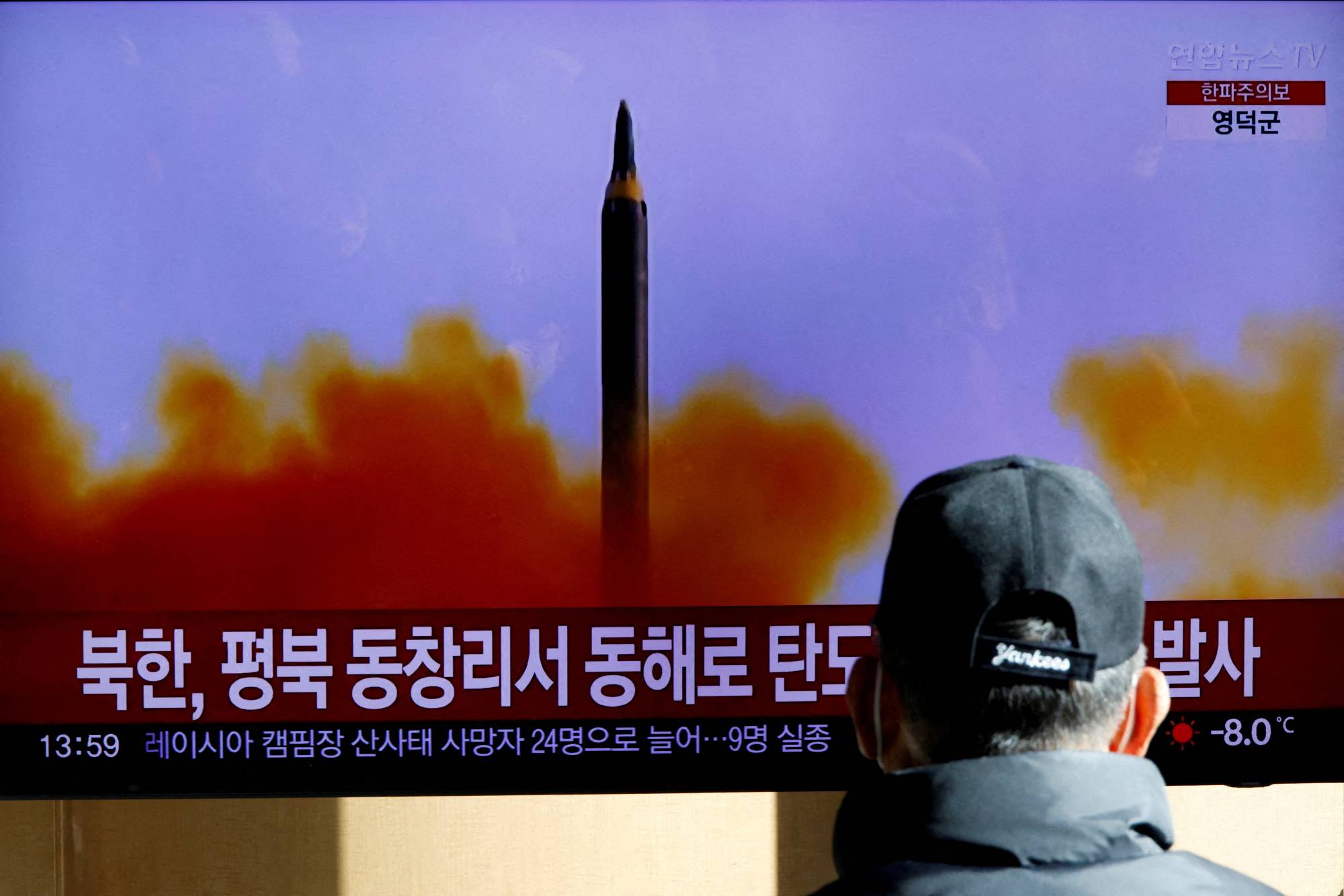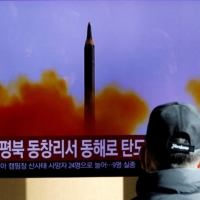Japan will upgrade its J-Alert early warning system by next summer after it malfunctioned in October when North Korea launched a ballistic missile over the archipelago for the first time in five years, the Cabinet Secretariat said Wednesday.
Under the new system, areas that receive an alert will be expanded to neighboring prefectures of those where the missile may strike, as well as prefectures that the projectile may potentially fly over.
Currently, the government issues an alert to prefectures based on the predicted strike location after narrowing down the landing point.
Under the upgraded system, prefectures will be alerted approximately one minute faster than they were during the October launch, though criticism has been mounting over the slowness of the alert issued at the time of the incident.
After North Korea launched the missile on Oct. 4, a J-Alert was issued in Hokkaido, by accident in Tokyo's island towns and villages, and subsequently Aomori Prefecture. But the projectile flew above Aomori at almost the same time as when the warning was issued, making it nearly impossible for the public to evacuate in time had the missile struck.
The projectile flew 4,600 kilometers, the longest distance ever recorded for a North Korean missile, and reached an altitude of 1,000 km, according to the Japanese government.
The satellite-based J-Alert system enables authorities to send alerts on natural disasters or missile attacks on Japanese territory to residents via television, radio, smartphone and other devices.




